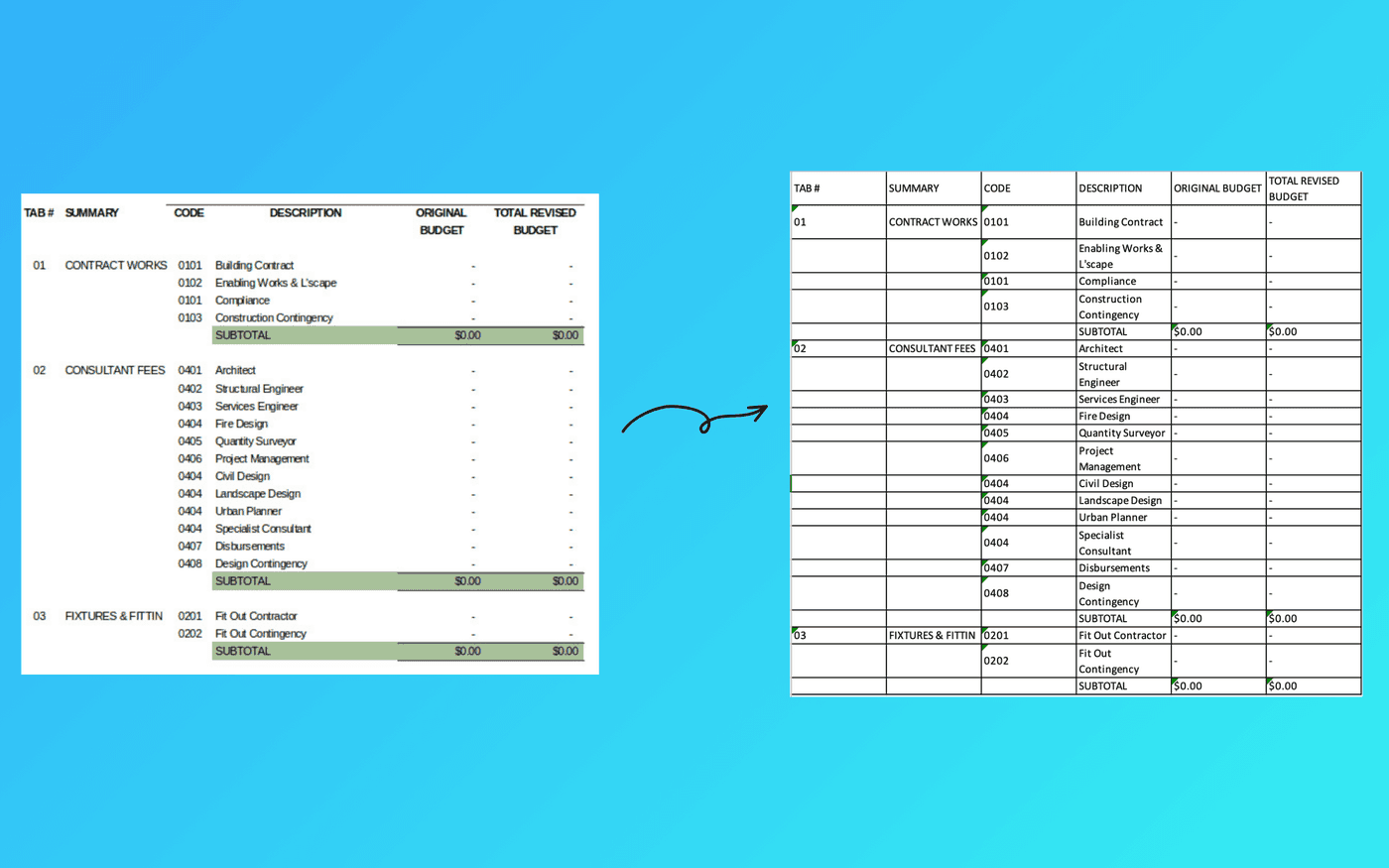Convert Photo to Text
Effortlessly extract text from JPG, PNG, and WebP images with our advanced OCR technology.
Transform Your Documents
Experience the power of our cutting-edge OCR tool. Effortlessly convert scanned documents and images into editable and searchable text.
- Accurate Recognition
- Leverage advanced AI for precise text extraction.
- Multi-Language Support
- Recognize text in multiple languages with ease.
- Seamless Integration
- Easily integrate with your existing workflows and applications.

Explore various use cases
Convert Image to Text
Transform your scanned documents and images into fully editable and searchable text with our powerful OCR technology. Experience seamless conversion that preserves formatting while ensuring accuracy.

Convert Image to Excel
Extract tables and data from images into organized Excel spreadsheets with high accuracy. Our advanced OCR technology preserves the original structure while ensuring precise data extraction, making it perfect for financial reports, invoices, and complex tabular data.

Discover all features
High Accuracy
Leverage advanced AI for precise text extraction, ensuring high accuracy in the conversion process.
Fast Conversion
Our OCR tool is designed to be fast and efficient, allowing you to convert photos to text/table in just a few seconds.
Data Security
Data security is our top priority. All uploads and conversions are processed securely and automatically deleted after completion.
Multi-Language Support
Recognize text in multiple languages with ease. Currently supports English, Spanish, Italian, Portuguese, French, and German.
Multi-Format Support
Convert various document formats including, JPG to Text/Table, PNG to Text/Table and WebP to Text/Table.
Multi-Format Download
Download your converted documents in various formats including, Text, Excel, CSV.
Why Businesses Choose Us
Experience the future of document processing with our powerful OCR solution
Cost-Effective
Save up to 60% on document processing costs compared to manual data entry, with no hidden fees or long-term commitments.
Time-Saving
Reduce document processing time from hours to minutes. Our customers report saving 20+ hours per week on data entry tasks.
Enterprise-Ready
Built for businesses of all sizes, with enterprise-grade security and reliability. We maintain 99% uptime for all our customers.
Risk Reduction
Minimize human errors in data entry and ensure compliance with automated data extraction and validation.
Quick Implementation
Get started in minutes with no complex setup. Easy integration with your existing business workflows.
Dedicated Support
Access our support team whenever you need help, with typical response times within one business day.
What is OCR?
OCR (Optical Character Recognition) is a technology that allows you to convert images of text into editable and searchable data. It's like having a digital copy of a printed document that you can search, edit, and share.
Why I need OCR?
OCR technology helps you save time and effort by automatically converting printed or handwritten text from images into digital, editable text. Whether you need to extract text from scanned documents, photos of receipts, or screenshots, OCR eliminates manual retyping and makes your content instantly searchable and shareable.
How does image to text work?
Our image to text converter identifies text regions and individual characters using AI algorithms. Then it converts the recognized text into editable digital format that you can copy, edit. The process works with JPG, PNG and WebP images and supports multiple languages.
How does image to table work?
Our image to table converter uses advanced OCR technology to analyze table structures and data cells using AI algorithms. Then it converts the recognized data into editable digital format (Excel/CSV) that you can copy, edit. The process works with JPG, PNG and WebP images and supports multiple languages.
What are the limitations of OCR?
OCR has some limitations, such as the need for high-quality images and the potential for errors in the conversion process. However, with advancements in technology, these limitations are becoming less significant.